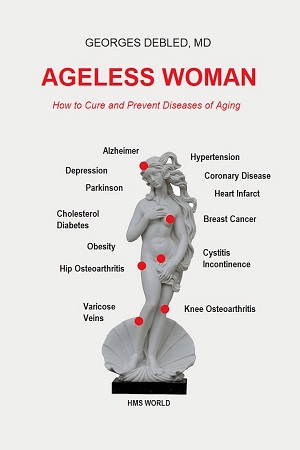|
Study of telomeres concerns clinical and
scientist research.
Are Telomere tests ready for Prime Time ? Download
pdf.
A telomere is
a particular area constituting the end of a chromosome.
With each time a chromosome is duplicated, at
replication's time, telomeres are shortened. Telomeres become
too short do not protect any more the cell resulting in its
death.
An enzyme, the
telomerase, makes it possible the telomere to be
reconstituted. This
enzyme is the object of many researchs.
Telomeres shorten with age, inflamation and stress. Studies
showed that short telomeres are associated with a higher risk of
aging diseases. The shortest telomeres were observed in
octogenarians. In some 60 year old people, the probability
of dying of an infectious disease or a heart attack appears to
be much more important at those having the shortest telomeres.
Studies showed that by stimulating telomerase it is possible to
increase the cells' lifetime in a very important way.
In
1971,
the Russian biologist Alekseï Olovnikov expressed for the first
time the hypothesis that the maximum lifetime of cells in
culture (limit of Hayflick) is correlated with the progressive
loss of telomeric sequences.The telomeres act like a biological
clock governing the cells' lifetime. This theory is known under
the name of telomeric theory of aging.
In 1985, identification
of telomerase is made by Elizabeth Blackburn and Carol Greide.
In 2009 Elizabeth
Blackburn et Carol Greide receive the Nobel Prize of physiology
or medicine.
In 2009 a publication shows the
lengthening of lymphocytes' telomeres under
the influence of androgens (1)
(Download pdf)
Protective action of
androgens on white blood cells of HIV positive men (reduction of
cellular destruction from 34 to 52%) was already shown in
1997. download pdf.
Bibliography WEB
1.Sex hormones, acting on the TERT gene, increase telomerase
activity in human primary hematopoietic cells. Donwload pdf.
Constantine A. Stratakis and Neal S. Young, Rodrigo T. Calado,
William T. Yewdell, Keisha L. Wilkerson, Joshua A. Regal,
Sachiko Kajigaya,
From bloodjournal.hematologylibrary.org by guest on October 22,
2012. For personal use only.
|
